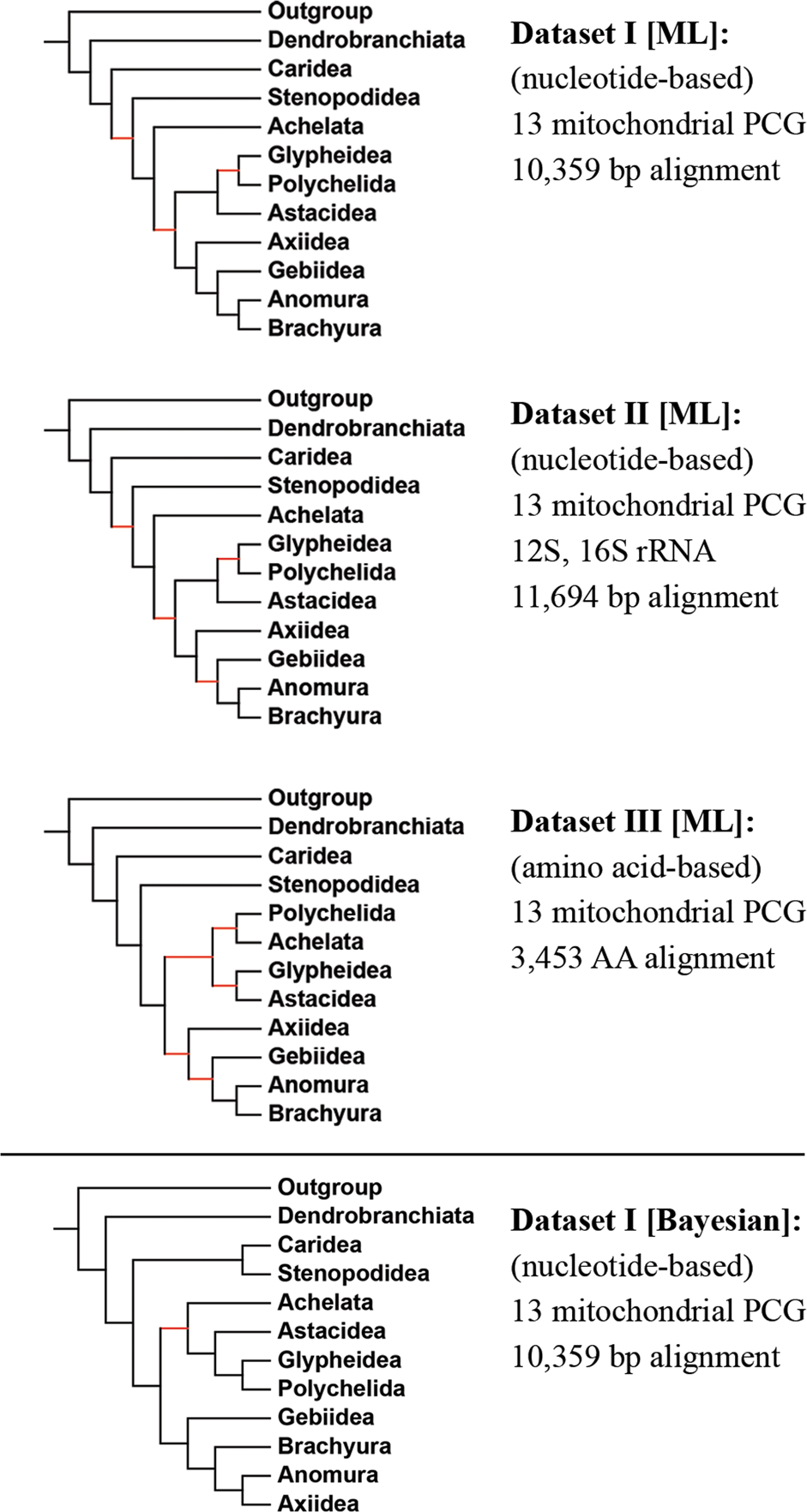

Both the LA-2A and LA-3A hardware units are based on the T4 opto-isolator, which combines a photo-resistor and electro-luminescent panel. I prefer no hum, but this option does give a more “vintage” sound for those who consider hardware imperfections essential to a unit’s character.Ī compressor’s primary, distinguishing characteristic is the technology used to compress the signal. Although some treat this as a primitive de-esser, it can also push a sound further back in a mix by reducing apparent brightness.īoth the CLA-2A and CLA-3A plugins include an “analog” option to emulate the noise floor and hum (50 or 60 Hz) from the original hardware units. The remaining user-adjustable control varies the response from flat compression over the entire frequency range, to more compression at higher frequencies. You can also choose compress (low ratio) or limit (high ratio) modes-and don’t ignore the limiting mode just because these units are best-known as compressors. Consider the gloriously simple user interface: peak reduction sets the amount of compression applied and gain determines the output level. Superficially, the two compressors have more similarities than differences.

“Different” didn’t mean better or worse-it simply meant it was up to the engineer to use the right tool for the job.

Regardless, those engineers who checked out the LA-3A in-depth appreciated its unique attributes. Its successor, the LA-3A ( CLA-3A), never achieved quite the same cachet perhaps this was because people were taken aback that the LA-3A didn’t sound quite like the LA-2A. The LA-2A ( CLA-2A) is one of the most well-known, coveted and popular hardware compressors ever made.
#Cla 2a vs urs how to#
See our comparison between the tube and solid-state models and learn how to best use them for your tracks. The control circuit has been changed so the CL2A”s max release time is two seconds.The LA-2A and LA-3A are two of the most famous compressors of all time and have long been favorites for vocals, bass and other instruments.The tube amplifier circuit is basically the same, with the main difference being that the input transformer and the tube amps in the CL2A delivers a more “normal” amount of gain compared to the CL1B.The amount of transparency you get when using the CL2A is similar to the CL1B.Some differences exist between the two units: CL2A features a different optical element, with a little more “soft”or “rounded” action compared to the element in the CL1B.CL2A versus CL1B: CL2A is based on the CL1B, but it”s not a stereo CL1B!.The TUBE-TECH CL2A design is based on the famous CL1B but not exactly the same. Input and output are transformer balanced and fully floatingįAQ: What’s the difference between CL1B and CL2A?.Interconnection of several compressors via two busses.Continuously variable attack and release times.Frequency response -3 dB: 5 Hz to 60 kHz.Low-distortion optical gain reduction element.With the exception of the anode voltage for the output stage, all DC voltages are stabilized. The power supply and the sidechain circuit are based on solid state designs. Both Input and Output are balanced and have fully floating transformers with a static screen. The optical gain reduction element is placed after the input transformer and followed by an all tube-based output amplifier with a +10 dB gain.Ī link switch is provided for use of the two separate compressors in stereo mode or for linking several compressors together. Among engineers, the CL 2A is loved because of its ability to keep instruments at their right place in the mix, while still retaining their dynamics.ĬL 2A is a two channel all-tube opto compressor, featuring two independent channels. Use it on keyboards, guitars, vocals or even on the mix buss – the result is always musical, smooth and transparent. The TUBE-TECH CL 2A is an all-tube optical compressor with two independent, linkable channels.ĬL 2A is a great compressor on all sources, and it is widely known as an excellent “problem solver” when delicate gain control is called for.


 0 kommentar(er)
0 kommentar(er)
